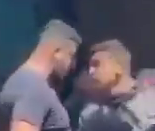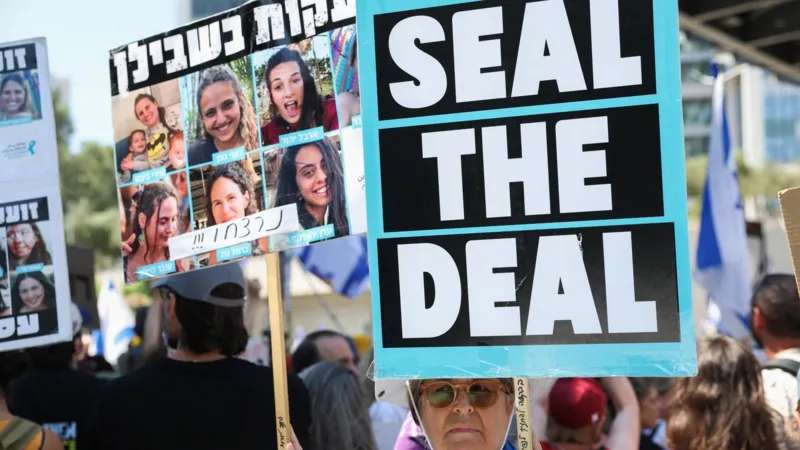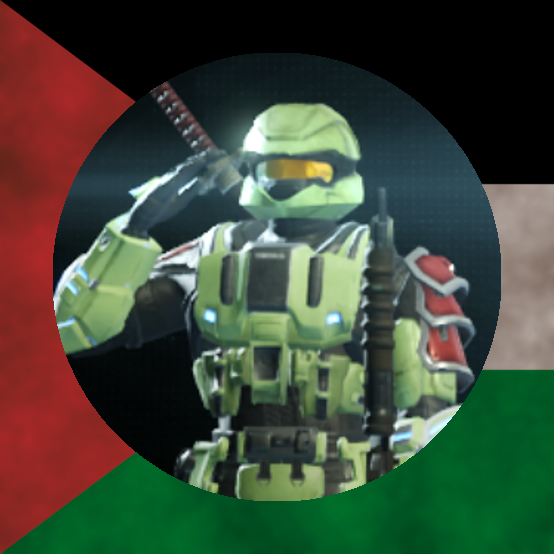Demonstrations, most of them relatively small, asking for the return of those held in Gaza, had been taking place regularly since last November. Even though these protests implied opposition to the war government, they did not isolate the protesters from most of the population.
This Sept. 1, following the discovery that six of the remaining people held in Gaza had been killed, the protests exploded. A breaking point had been reached. There were even clashes between demonstrators and police when the protest stopped traffic on a highway.
Speaking about the biggest demonstration so far, former […] negotiator Gershon Baskin told Democracy Now: “To make that equivalent in the United States, it would be like 25 million Americans taking to the streets.”
Later in the week, government documents were released showing that three of the people killed were on a list to be freed in a potential agreement in May, increasing the anger at Netanyahu.
It’s true that demonstrators who show solidarity with Palestinians are a tiny minority, and there is no guarantee they will gain influence. Photos of the protests showed many demonstrators waving [apartheid] flags, some wearing “deal now” shirts and none demanding Palestine liberation.
This phenomenon, however, is in motion. It is destabilizing and fracturing the Zionist settler-colonial project. What happens next depends not only on what the [neocolony’s] population thinks now, but on the world in the coming months, including what the movement in the U.S. can do. And it’s not over.
Fight! Fight! Fight! Fight! Fight!



